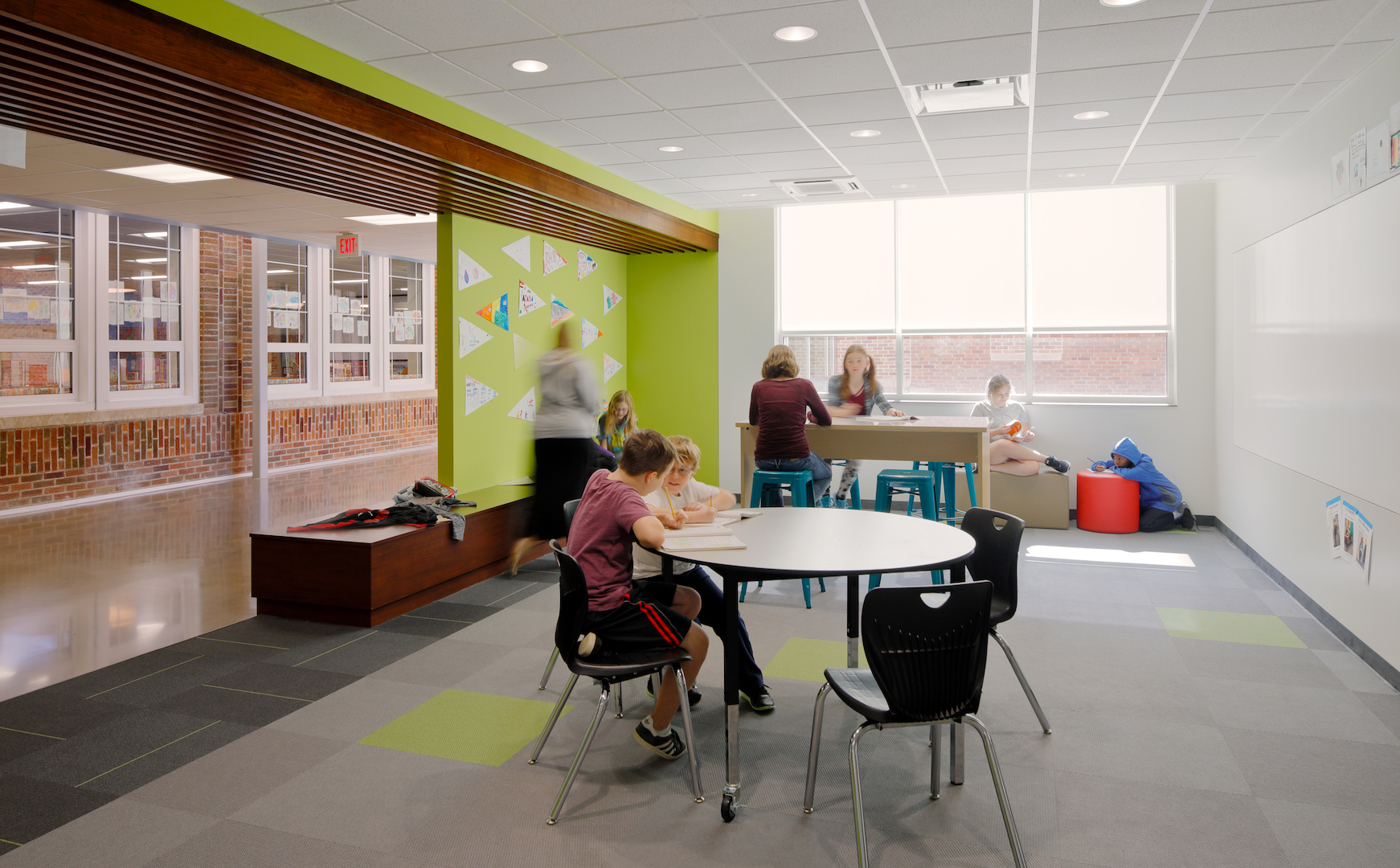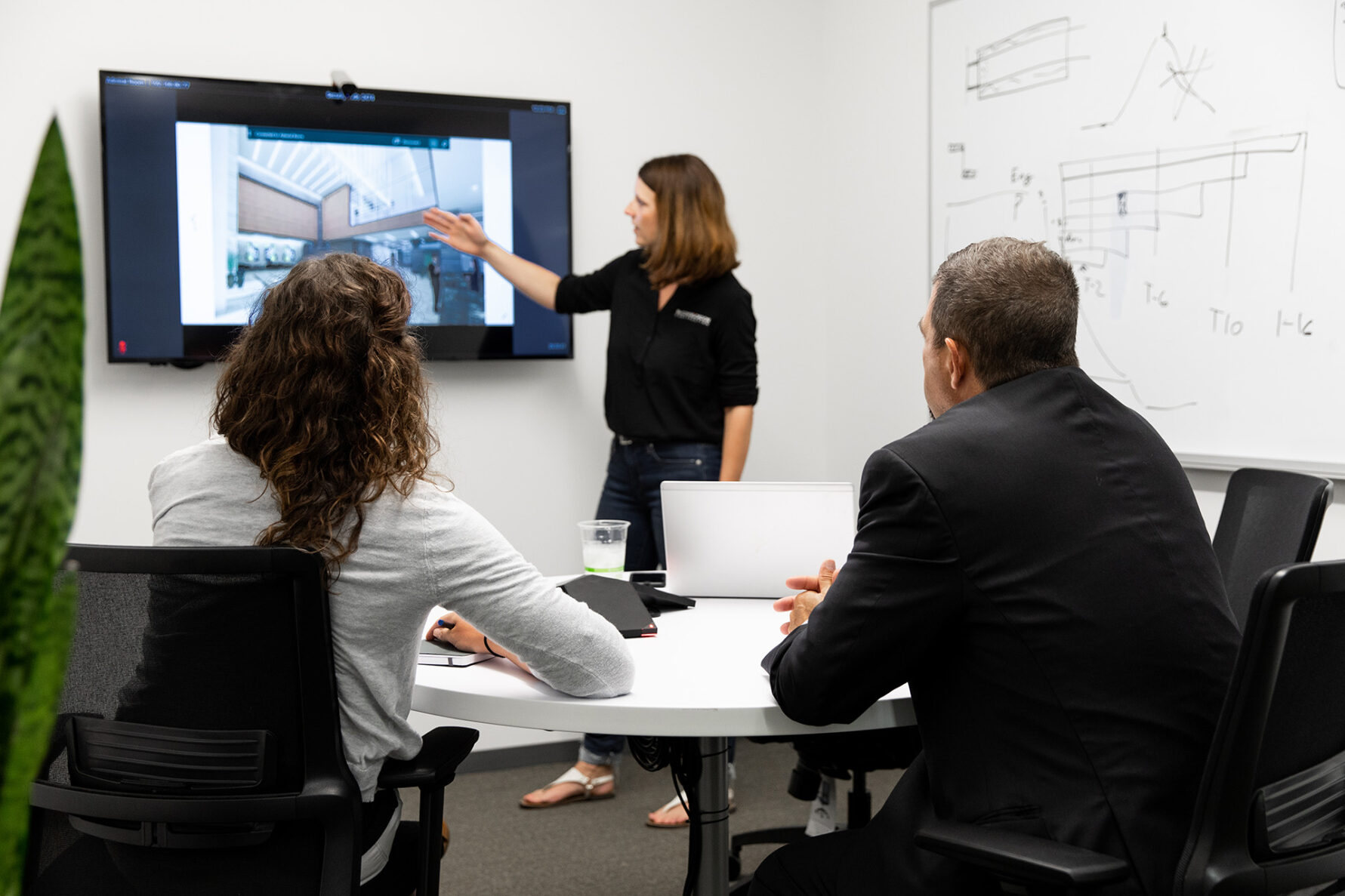Safety during construction
Safety tips for school construction: Elements to include in a logistics plan

A top consideration for any school district is the safety and security of its students and staff. Safety becomes even more important when normal school operations are disrupted by construction projects.
“Building and renovating facilities for elementary, middle and high schools requires special planning to ensure the safety of the entire community, especially young students,” said Todd Knight, vice president of the Kansas region at McCownGordon Construction. “Our years of expertise in this area have helped us identify five elements that should be addressed in the plan as part of every K-12 construction project.”
To keep inconvenience to a minimum while maintaining a safe facility for students and staff, McCownGordon has developed a comprehensive logistics plan focused on safety. The firm recommends any K-12 district considering a construction project select a construction manager with a safety logistics plan in place.
The plan should include:
Safety Training: All site workers should receive specialized training from Occupational Safety and Health Administration (OSHA) certified safety experts.
Emergency Training: Personnel should also receive training on what to do in the event of severe weather, fire or an emergency such as an active shooter situation.
Proper Identification: In addition to wearing safety gear such as reflective vests, protective eyewear, gloves and hard hats, all workers should have proper identification indicating they are authorized to be on the job site. Those who have completed their safety training should also have specialized identification such as a decal on their hard hats to indicate they are properly trained.
Traffic Flow: Construction often means changes to traffic flow as various vehicles need access to the area. The plan should clearly indicate proper routes outlining where—and when—construction vehicles can access the job site. This should be coordinated with school personnel to ensure vehicles do not enter or exit at a time or place where students are present.
Communication: Open and clear communication with all affected community members will help minimize safety concerns. Communication channels may include the following:
- Meetings: The construction management firm should have a representative at all public and school meetings where the school project will be discussed. He or she will be able to answer specific questions about the project and keep people informed about safety considerations.
- Social Media: The school and/or construction management firm may opt to communicate details through social media. It’s a good idea for faculty and parents to follow a school’s social media page(s) on platforms like Facebook, Twitter, and Instagram.
- Signage: Any areas impacted by construction should be clearly marked with signage, stands or barriers such as traffic cones and safety netting. These can serve to indicate changes in pedestrian or traffic flow, keep unauthorized personnel away from the job site, and otherwise alert the public to safety precautions.
In addition, McCownGordon recommends the district communicate with the construction manager if construction will significantly interfere with education or education-related activities. If the school has a special event or is testing at a certain time that requires logistical construction accommodations, they should communicate in advance to the construction manager.
Some construction management firms will incorporate safety education and other learning opportunities into a project. McCownGordon has partnered with schools to participate in STEM units for students and teach them about career opportunities in the industry. Our Kansas City Elementary projects were completed adjacent to the occupied existing school requiring strict attention to the safety of the students, faculty, and visitors and extensive coordination with the neighborhood.
Interested in learning more? Check our K-12 projects and sign up to receive newsletter.





